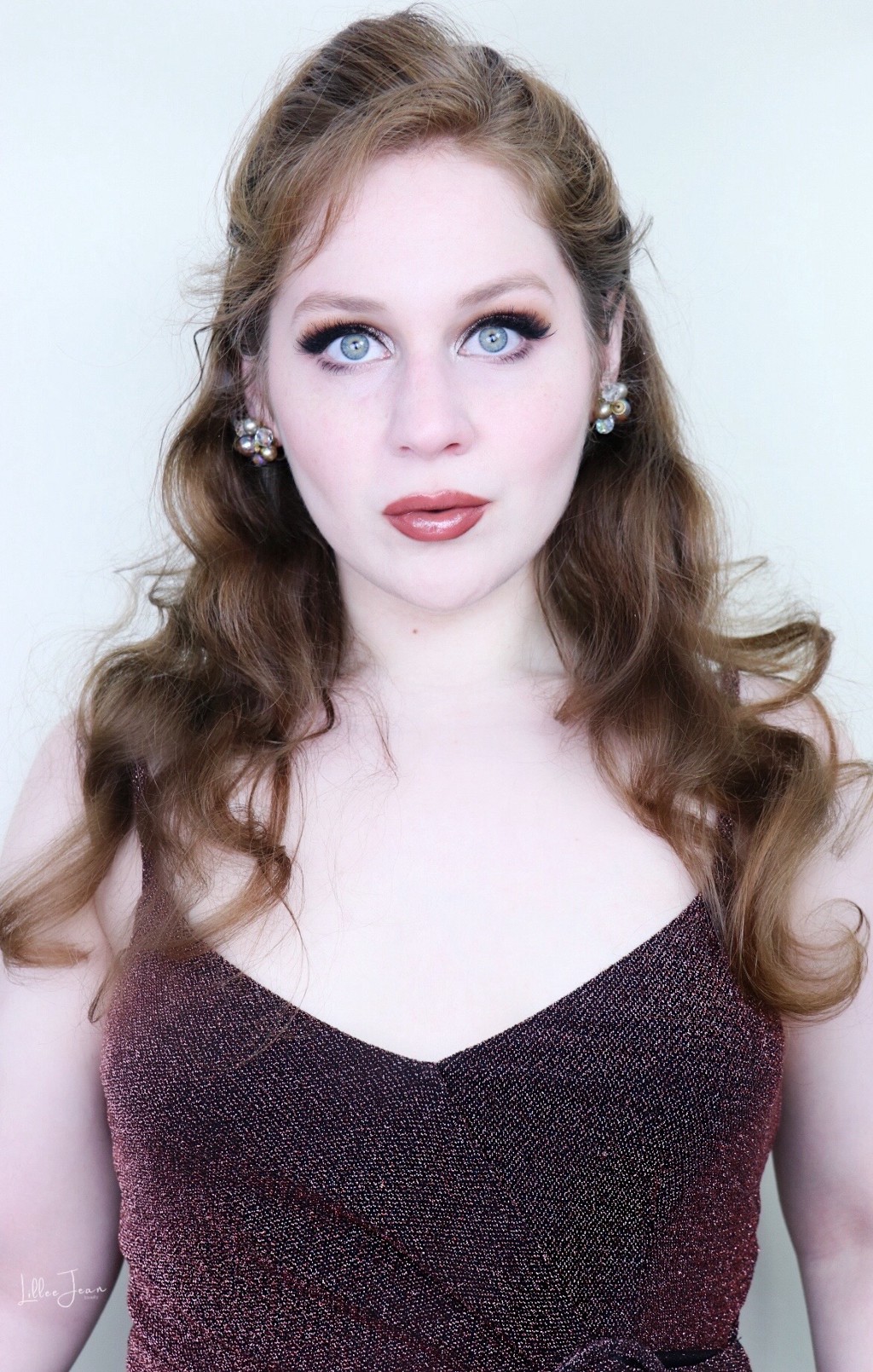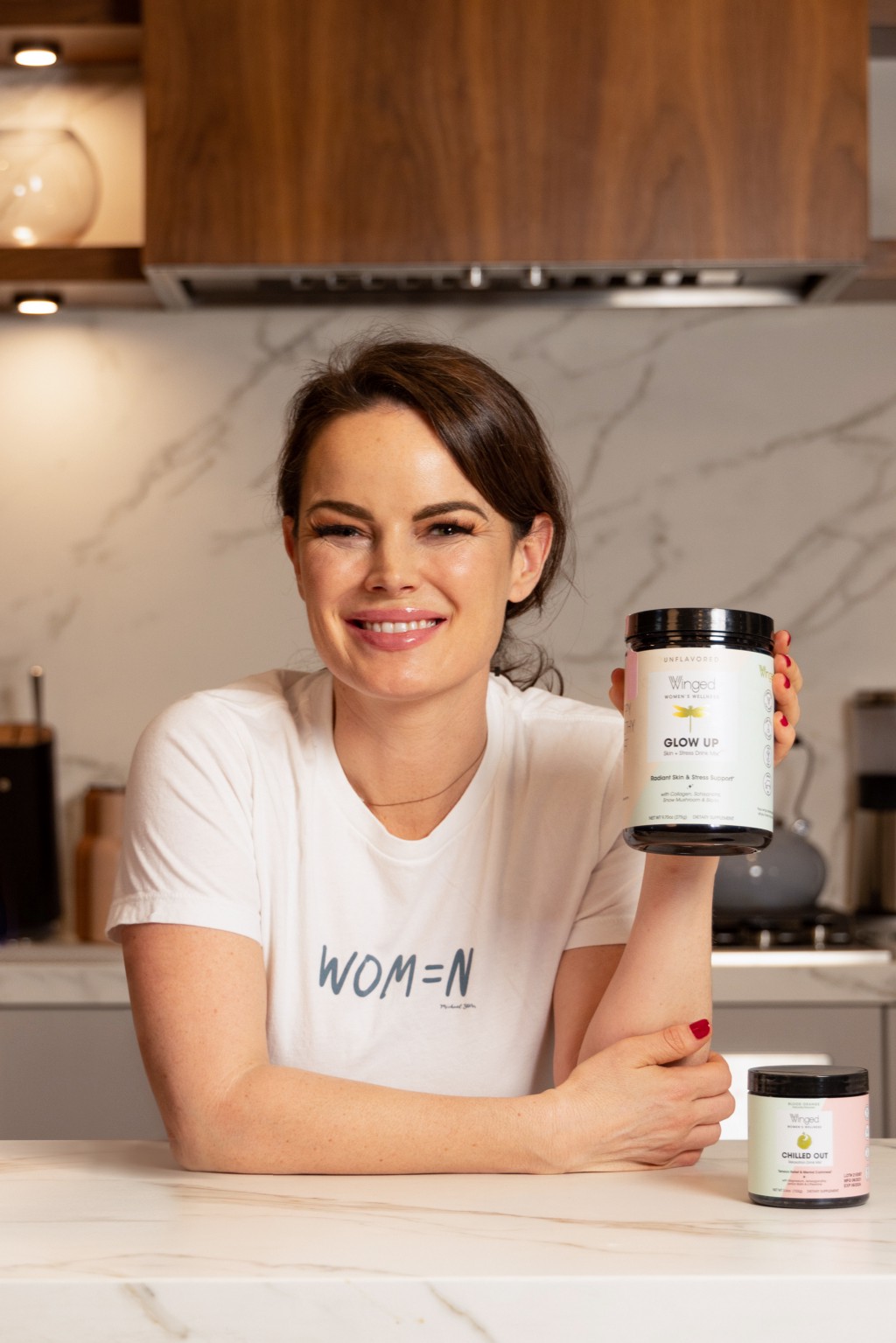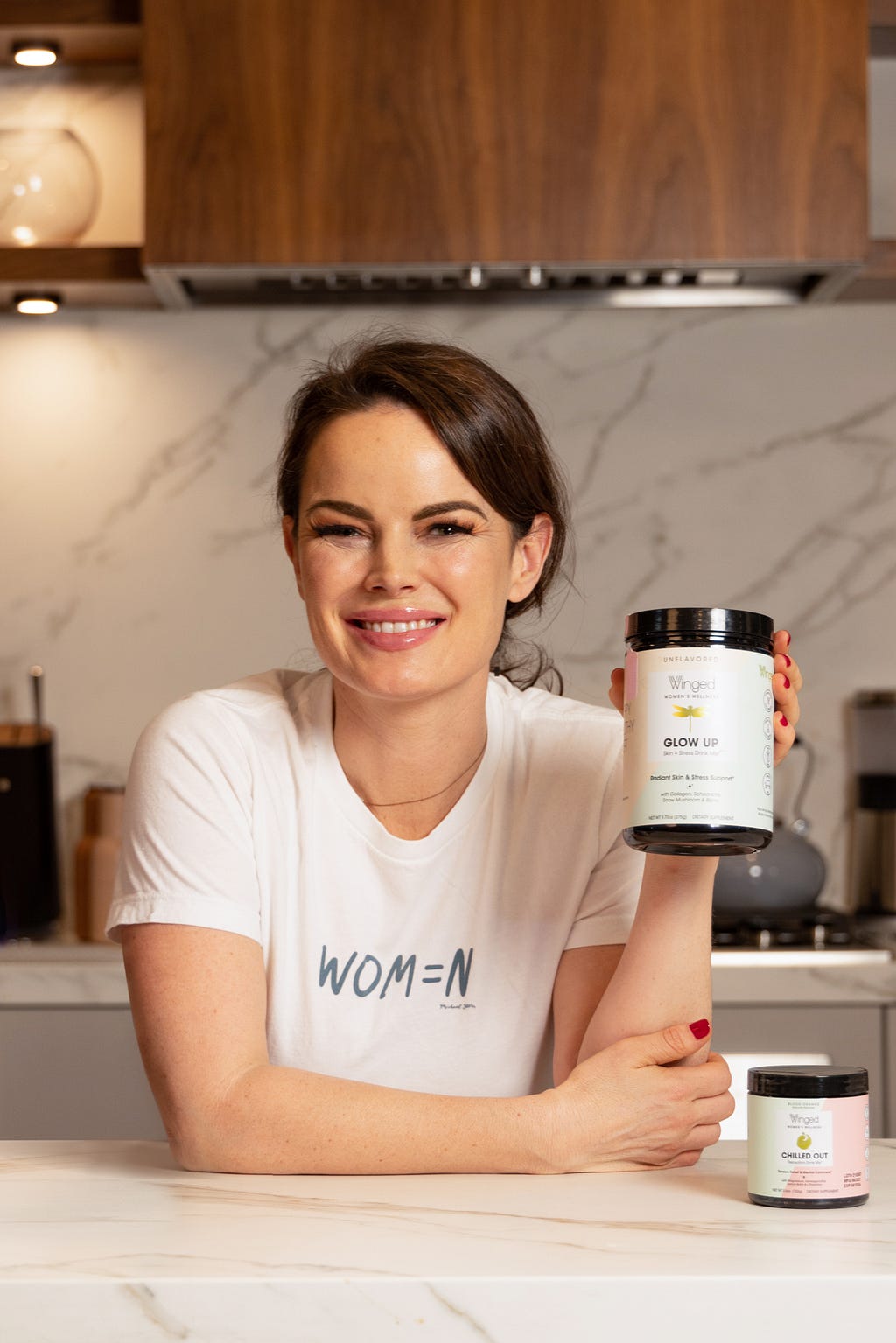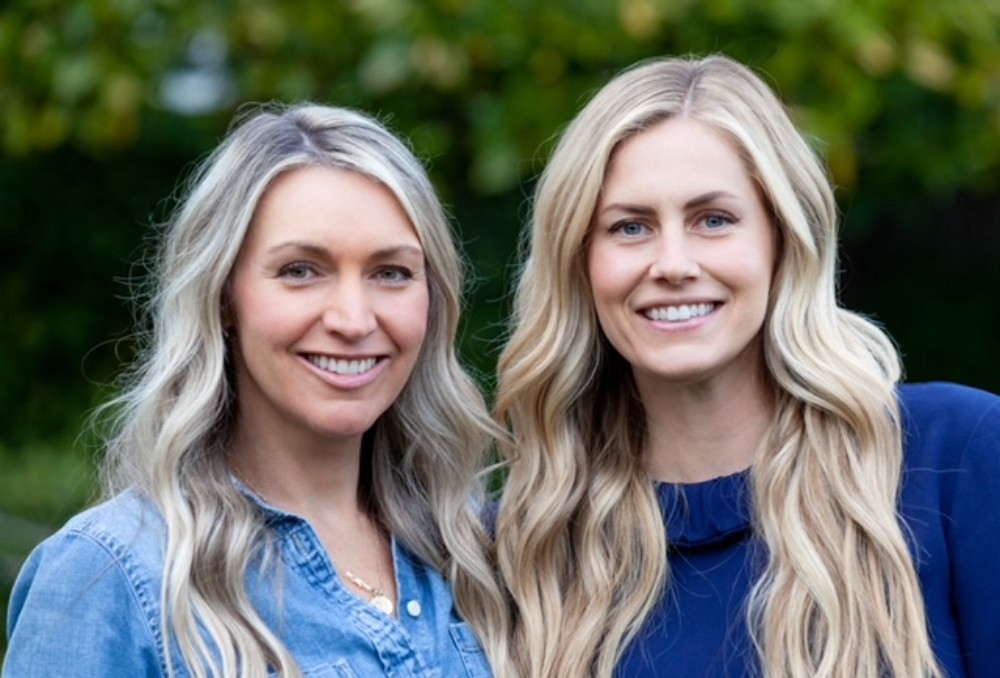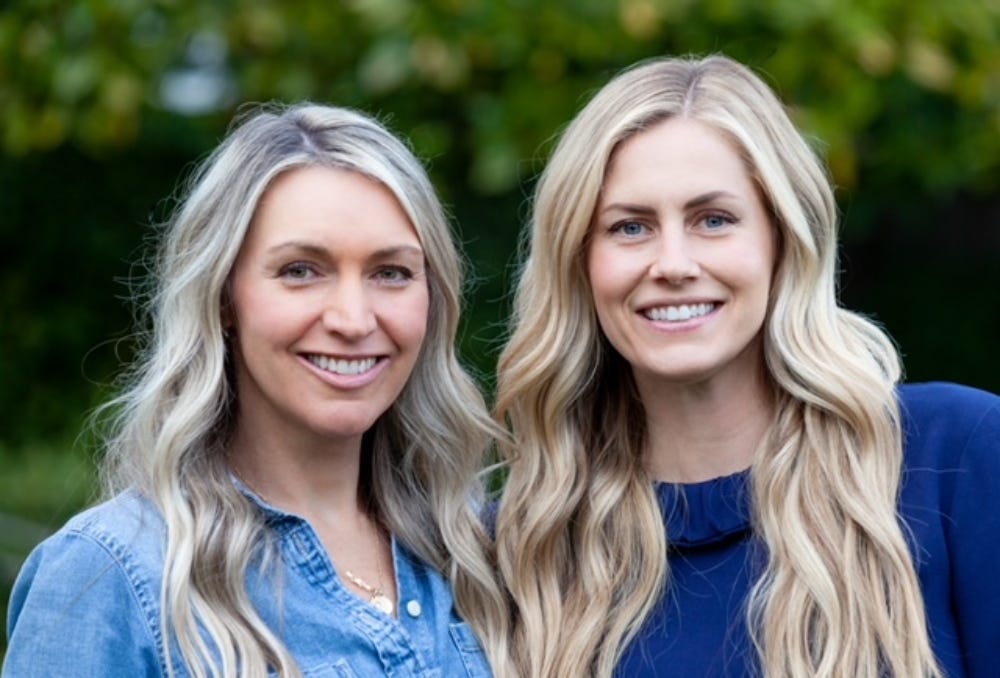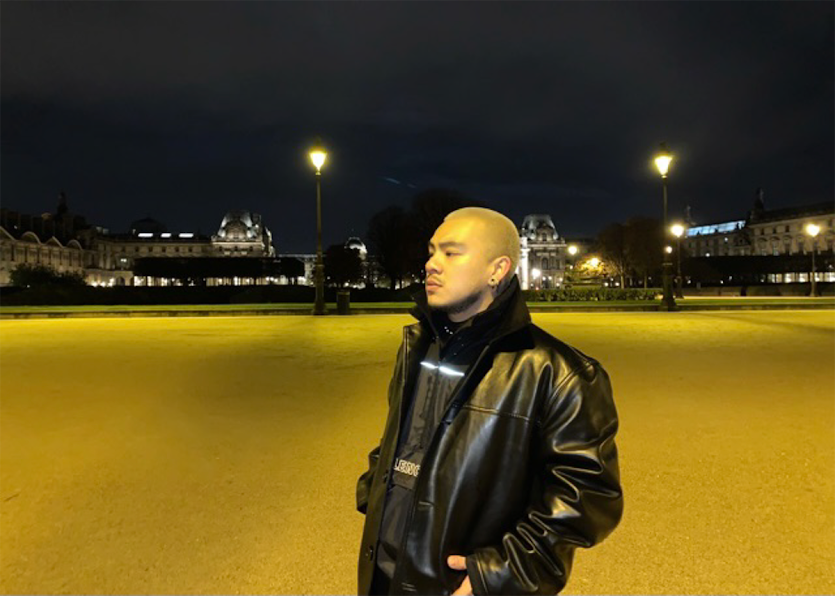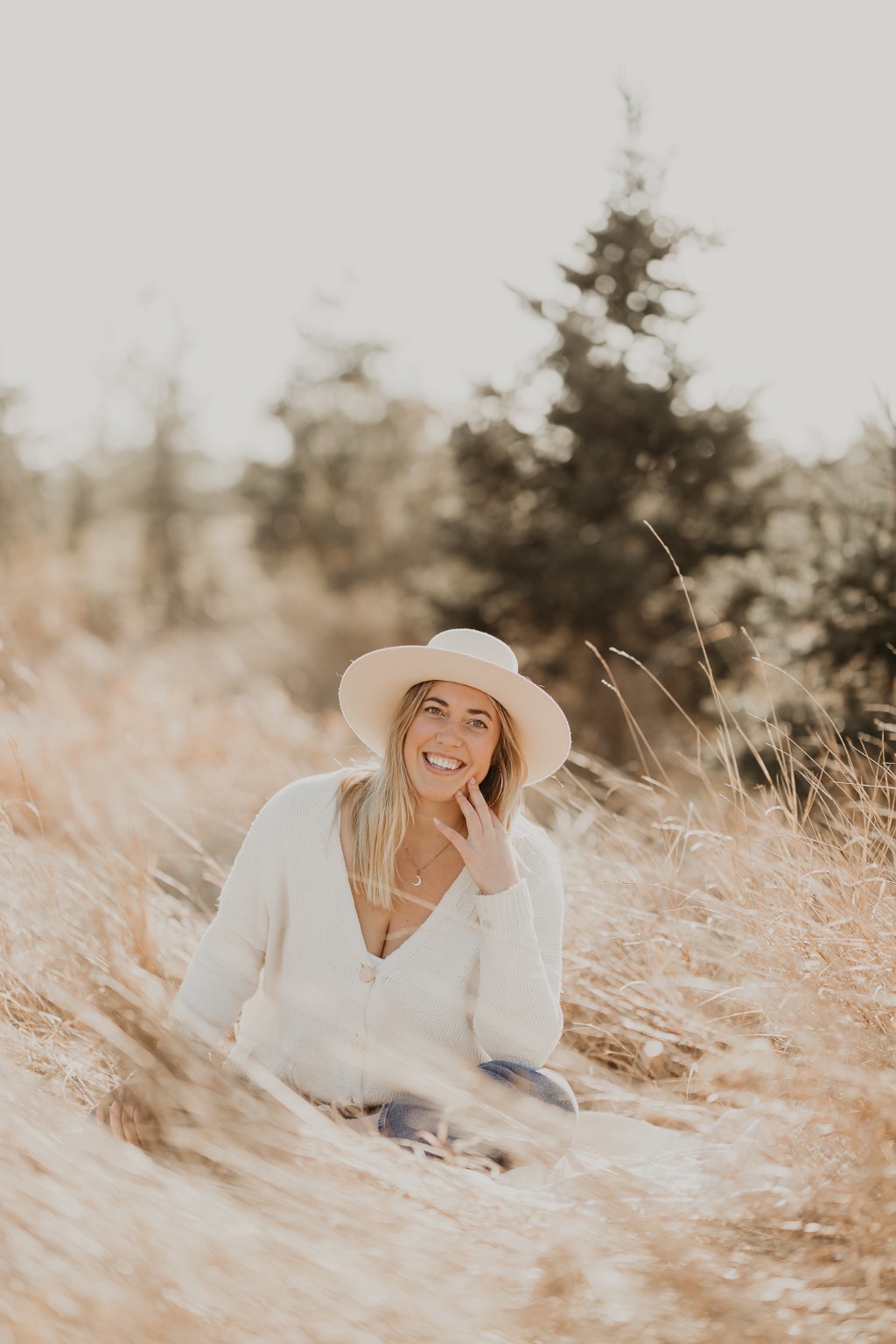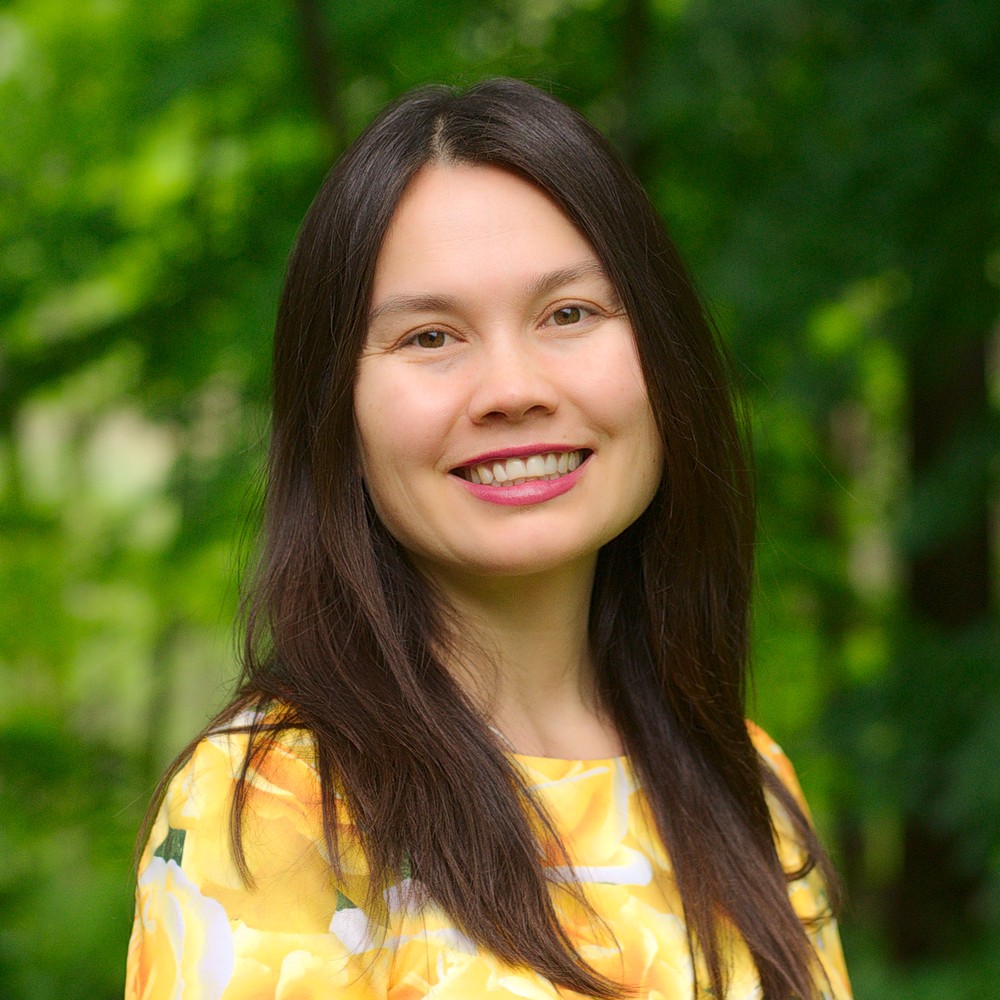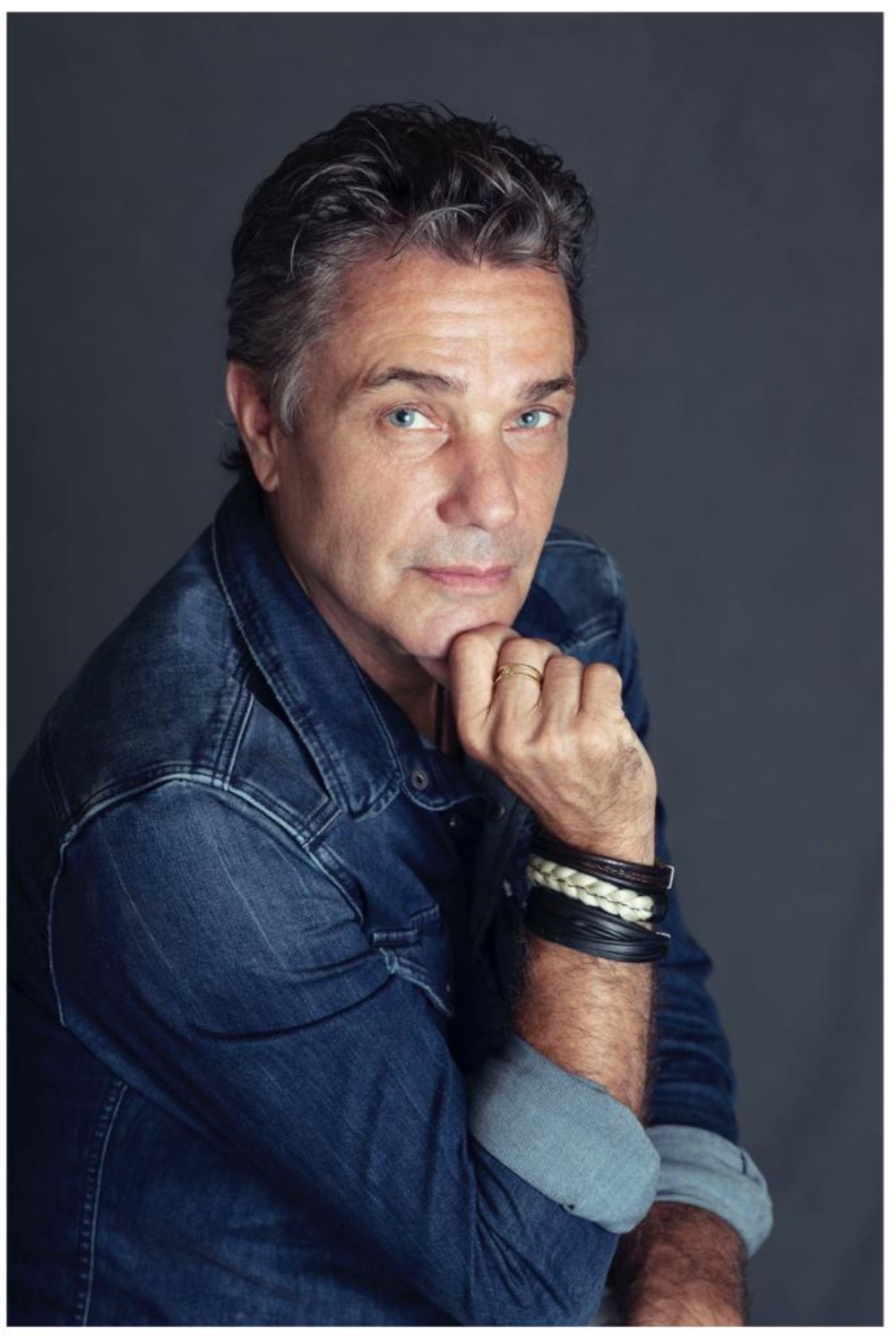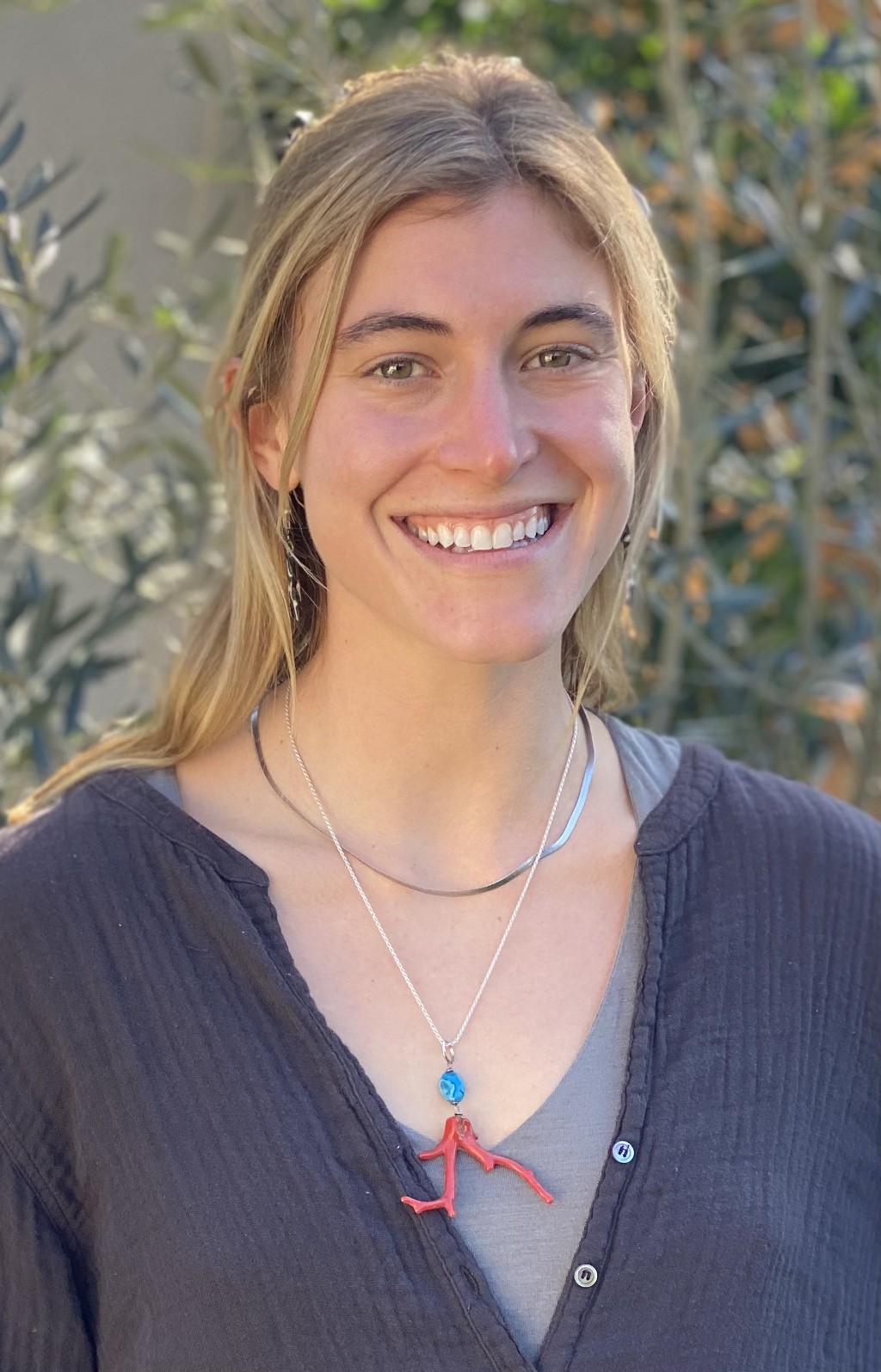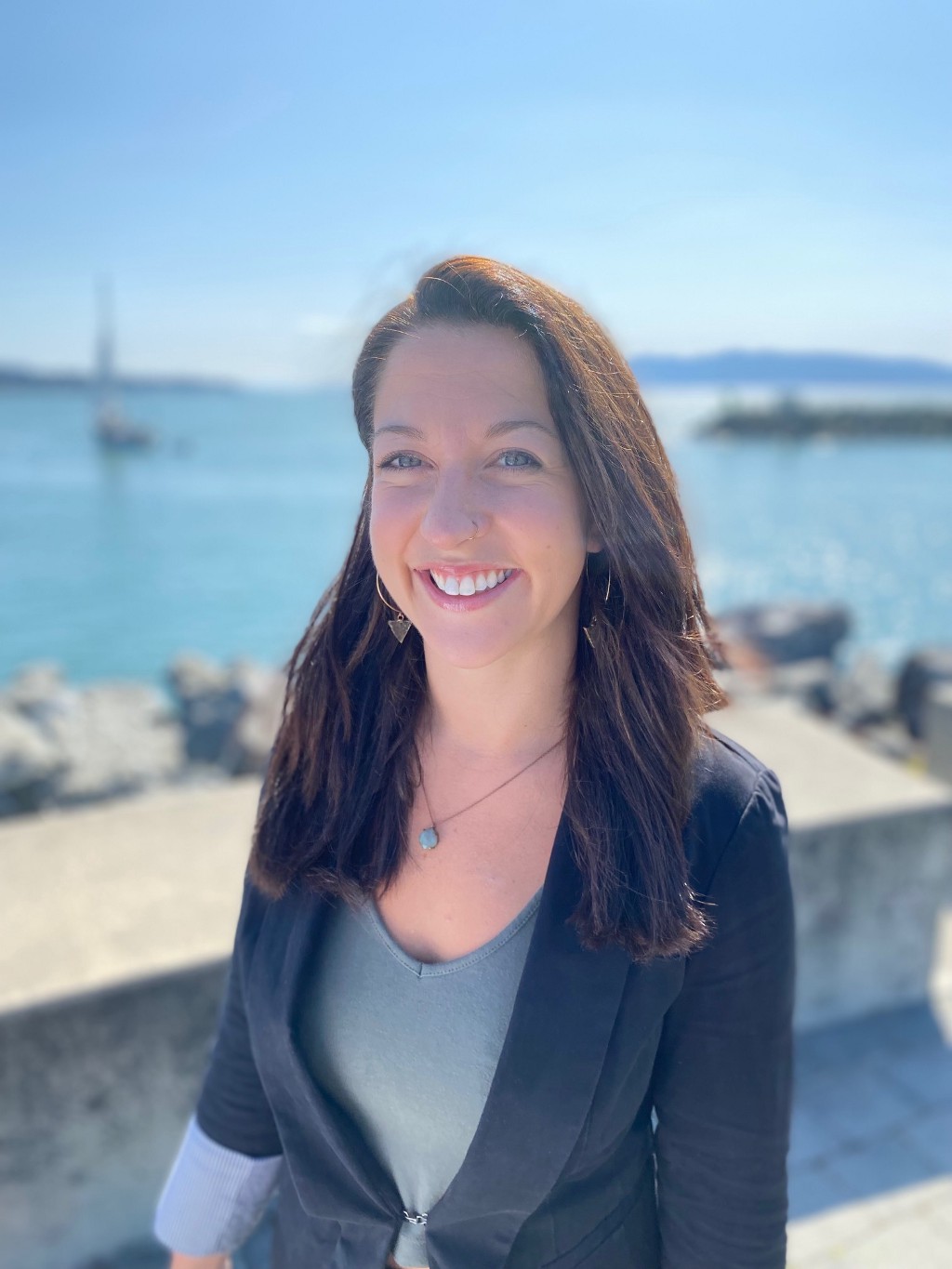An Interview With Candice Georgiadis
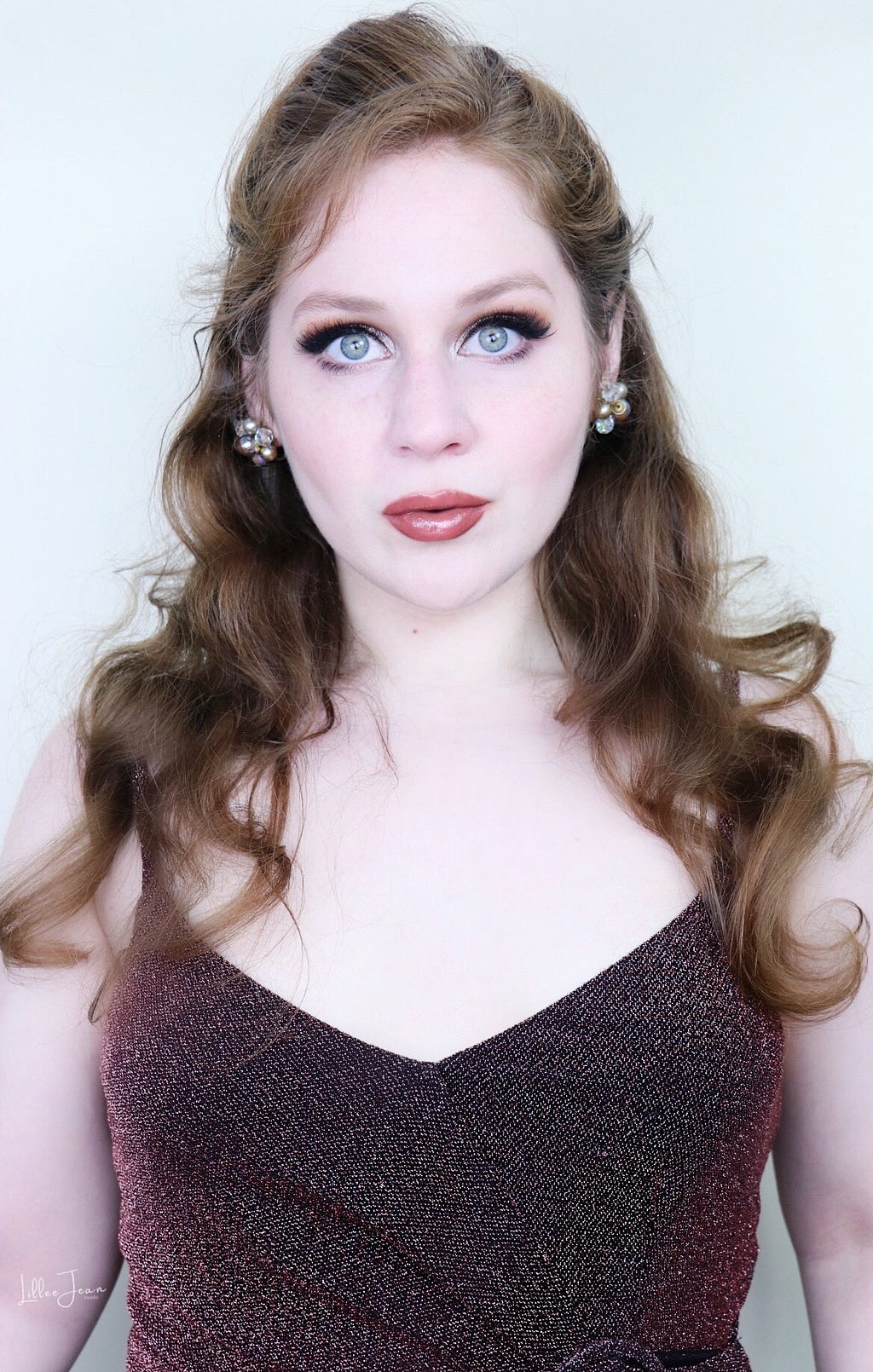
Don’t let anyone erase you. Your basic human rights can’t be taken away by anyone. Nobody has the right to tell you to move. When someone tells you that, you tell them to get out of your way, you are here, and you have every right to be where you are as well.
As a part of our series about “dreamers who ignored the naysayers and did what others said was impossible”, I had the pleasure of interviewing Lillee Jean.
Lillee Jean is a New York City director, writer, producer, model, actress and cyberbullying advocate, who is known for her creative web-series’, that include, “Lillee Jean TALKS! Live”, “Voyager” and “Mind Over Beaute”. She is currently working on her film, Project: Bullyish, in which she shares her unbelievable experience of being stalked and bullied online for the last five years. Lillee Jean hopes that the film will shed light on the dangers of the internet, as well as tell her own story about what happened to her.
Thank you so much for joining us! Our readers would love to ‘get to know you’ a bit better. Can you tell us your ‘backstory’?
Born and raised in New York, I am passionate about entertaining. Growing up, I enjoyed drawing, painting, and sculpting. In my teenage years, I was fascinated by makeup tutorials and loved the way the colors blended and the way the skin looked. That’s how it all started.
Are you working on any new or exciting projects now? How do you think that will help people?
My new web series, called Voyager, is really exciting to me. We will explore all of my favorite places in New York City, not only the typical arts enrichment, such as our museums, but also the wonderful melting pot of cuisines that can be enjoyed throughout the city! I think people are going to have a great time traveling with me as I explore my favorite haunts. I am also wrapping up production on my film, “Project: Bullyish”, which documents the systematic cyber assault that has ruined my life for the past six years. My goal with this film is to spread awareness and advocate for stricter laws on the digital highway.
In your opinion, what do you think makes your company or organization stand out from the crowd?
There have been many changes since the Covid Pandemic, and companies that haven’t changed with the times will be left behind. In addition to being trusted, quality employees desire more benefits, which allows them to spend more time with their families and pursue their interests when they are not working. Those companies that do not adapt to this change will lose talented employees. In my company, we switched over to almost total remote working, which requires a lot of trust between all of us. I found, having the freedom and flexibility for employees to set their own schedules has allowed our team members to become more responsive to their assignments, and more committed to their work. Those companies that don’t recognize that these changes need to be embraced will lose out on some valuable resources in the long run.
Ok, thank you for that. I’d like to jump to the main focus of this interview. Has there ever been a time that someone told you something was impossible, but you did it anyway? Can you share the story with us? What was your idea? What was the reaction of the naysayers? And how did you overcome that?
Many people on the internet told me I would never succeed in entertainment. I have been subjected to an almost unbearable amount of digital abuse, but I have two things that have kept me steady, and that has been my faith and my tenacity. If someone tells me I can’t do something, it makes me want to try ten times harder to succeed. If someone throws a roadblock in my way, I will find a way around it, because, quite frankly, nobody has the right to tell me what to do. Living the best life possible is my responsibility. Additionally, by living the best version of myself, I can help the world, and spread the message I wish to share with the world. I think nowadays the best thing to do is to listen to yourself and take other people’s advice with a grain of salt. Making my own decisions and mistakes is my right unless I ask for someone’s opinion. I learn from my mistakes every day.
In the end, how were all the naysayers proven wrong? 🙂
Quite simply, what they had to say never stopped me. In fact, their hurtful jeers and comments have only made my resolute decision to keep on doing what I am doing. Nobody is going to tell me I cannot do something I want to do.
None of us are able to achieve success without some help along the way. Is there a particular person who you are grateful towards who helped get you to where you are? Can you share a story about that?
My parents have been my biggest inspiration and support. They taught me from the time I was a little girl to never stop chasing my dreams, and accomplishing what I want in life. This is something I will carry with me for the rest of my life.
It must not have been easy to ignore all the naysayers. Did you have any experiences growing up that have contributed to building your resiliency? Can you share the story with us?
No matter how difficult it is, sometimes you have to seriously consider your options. Life lessons have made me more resilient. My career choice is entertainment, and I will continue to follow what I love. I will not tolerate people who exploit others online, hoping to make them feel bad for their own entertainment. I did feel defeated at first, but I also never forgot who I am, and what I want to accomplish in my lifetime. I knew I hadn’t done anything to warrant these attacks on me, that hurt me personally and professionally. Through my film, and advocacy, I have confronted the issue, and I am standing my ground. No longer do I try to figure out why these people do what they do, or what is wrong with them. I refuse to accept their negativity into my life, and I refuse to accept their altered reality. I choose to live the best life I can lead, and I choose to help others in a positive manner.
Based on your experience, can you share 5 strategies that people can use to harness the sense of tenacity and do what naysayers think is impossible? (Please share a story or an example for each)
1. By journaling my experiences, I have been able to overcome any ill feelings I may have had at the beginning. In addition to expressing myself, I use writing to expel any negative thoughts I might have. I feel better after writing. When people validate their feelings, they can benefit from putting them down on paper or screen. For me, the best thoughts are written, not typed;
2. You really have to ask yourself, “Why is it so important for someone else to critique your life?” when someone expresses only a negative opinion towards what you are doing? Are you being led astray by them? By criticizing you, they feel validated and better about themselves. Think about the source, and then turn it around. You will find that the person who is expressing their feelings toward you is actually telling you more about them than they realize.
3. Don’t give up. Whenever someone or a group of people tells you that you cannot do something, it is time to stop listening and turn the other way around. A person’s personal decisions in life are no one’s business, unless they ask for help, unless it is something morally wrong or harmful.
4. Listen to yourself first. Speak to yourself. Don’t let the world dictate what you should or shouldn’t do. You are the only one who counts. A healthy you is able to help the world, but an unhealthy you cannot;
5. Don’t let anyone erase you. Your basic human rights can’t be taken away by anyone. Nobody has the right to tell you to move. When someone tells you that, you tell them to get out of your way, you are here, and you have every right to be where you are as well.
What is your favorite quote or personal philosophy that relates to the concept of resilience?
I am a huge Disney Princess fan, and I always find something magical in their movies. In “Pocahontas”, Mother Willow tells John Smith, “Young man, sometimes the right path is not the easiest one.” A truer statement could not have been found. There are times when the easiest roads aren’t worth taking.
You are a person of great influence. If you could inspire a movement that would bring the most amount of good for the greatest number of people, what would that be? You never know what your idea can trigger.
A more honest attitude towards oneself would be appreciated. The practice of hiding behind a façade of who one is is unhealthy for anyone. We learned patience through the pandemic, and we learned to love ourselves better. In the future, I hope people will discover their true selves and not hide behind their social media personas.
Can our readers follow you on social media?
Instagram: https://www.instagram.com/lilleejean/
Youtube: https://www.youtube.com/channel/UCGQF-GZ2oWfgb1NN3QtJJlA (Lillee Jean)
Websites: https://www.lilleejean.com and https://www.lilleejeanbeauty.com
Facebook: https://www.facebook.com/REALlilleejean.com
Twitter: https://twitter.com/RealLilleeJean
Pinterest: https://www.pinterest.com/LilleeJean
Digital Art: https://www.deviantart.com/lilleejean
Giphy: https://giphy.com/lilleejean
Tenor: https://tenor.com/official/lilleejean
IMDB: https://www.imdb.com/name/nm10479689/
Thank you for these great stories. We wish you only continued success!
Lillee Jean: They Told Me It Was Impossible And I Did It Anyway was originally published in Authority Magazine on Medium, where people are continuing the conversation by highlighting and responding to this story.


